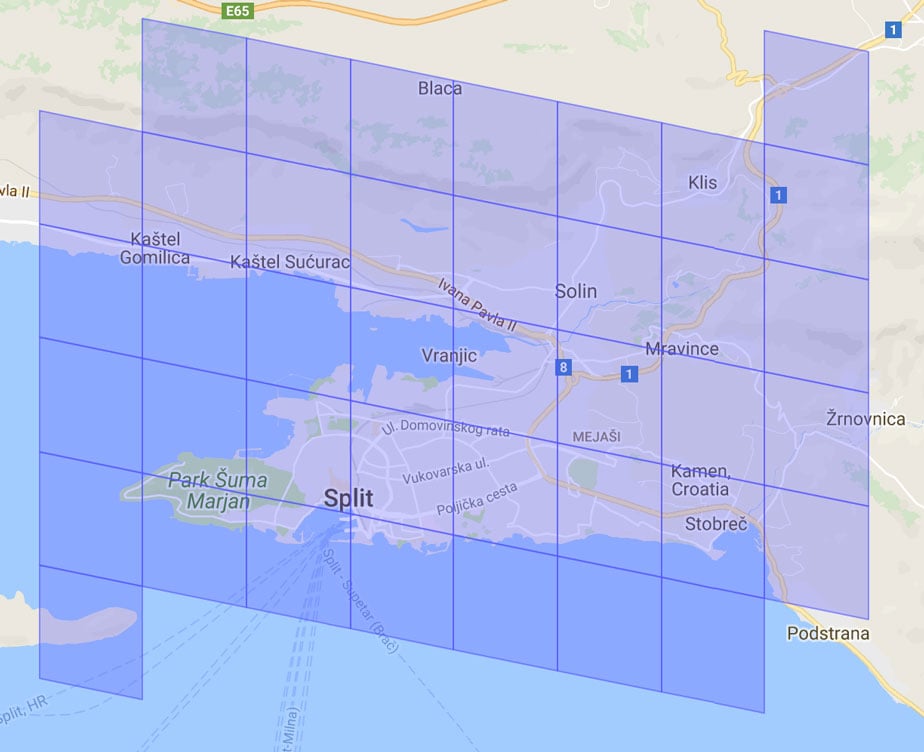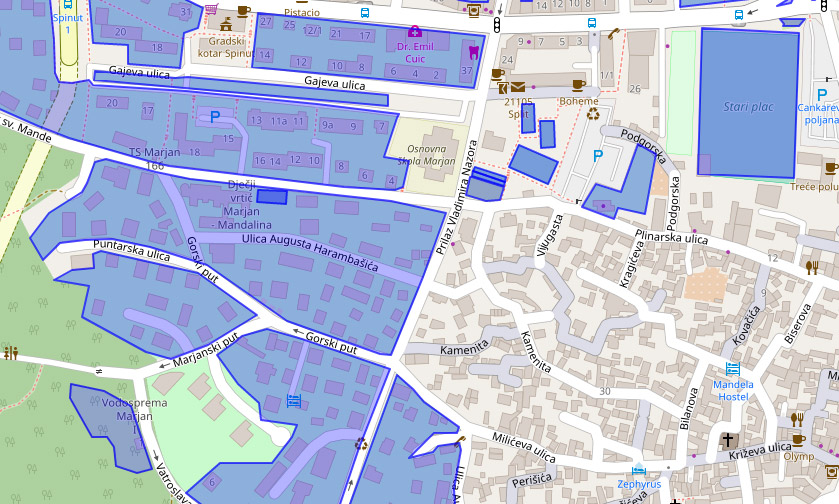Full guide on how to trigger an EX Raid in your city, based on S2 cells, gym eligibility and expected player and raiding activity. After months of Exclusive Raids we finally have answers to a number of questions:
- which gyms and eligible for EX Raids
- how S2 cell geometry influences EX Raids
- when and how often to raid in order to trigger an EX Raid
Over the past few weeks, we worked hard to read and collect player feedback from all around the world and this guide is the culmination of that work.
Table of Contents
What do we know about EX Raids so far?
- EX Raids are created based on Level 13 S2 cells. Each cell can only host one EX raid per “invitation cycle”
- EX Raids can only happen at gyms that are either sponsored or placed in a park related OpenStreetMap tag
- Gyms that hosted a raid before can and will host an EX Raid again, there is no diminishing returns
- Ex Raids can be triggered and there could be some randomness to it
- An EX Raid is triggered only if the gym reaches a minimum amount of raid activity since the last invitation cycle
Don’t worry if you don’t understand all the terms right now, that’s OK, we explain each term in it’s own section we’ll try to explain every step of the “triggering” thoroughly.

Let the triggering begin!
Step #1: Discovering your local S2 cell geometry

EX Raids can only occur once inside each S2 cell that passes over your local area. S2 cells are a simple mathematical way to describe a sphere’s geometry. S2 cells come in different sizes, often denoted as levels, and they are often used by developers to create zones on spherical objects, like the planet Earth.
Niantic uses them to control weather, create gyms, define Pokémon catch / hatch locations, etc… For this step we’ll be using the Level 13 S2 cell geometry.
A company named Sidewalk Labs created an incredible tool that draws Level 12 cells over a Google Map. Head over to their Region Converter and do the following:
- Navigate the map to your local area (our example, Split)
- Set the parameters in the top left box to: min level 13, max level 13, max cells 10
- Use one of the drawing tools (square, circle, pin) to select a map area where you want to visualize Level 13 S2 cells
Now that you can see your local S2 cells, remember that an EX Raid can only occur once per cell per cycle. Raiding 100 gyms inside one cell doesn’t benefit you as much as raiding a dozen of eligible gyms in a higher number of cells.
In the next step, we’ll see how to identify eligible gyms.
Step #2: Finding eligible gyms
Since November 11 2016, the only gyms that are eligible for hosting EX Raids are as follows:
- Sponsored gym locations (depends on your local Pokémon GO sponsor)
- “Gyms located in parks”, or more accurately gyms tagged with one of the park-related OpenStreetMap tags
For this guide, we’re focusing on the gyms located in parks and similar areas. The easiest way to check what the game considers to be a park, is to use a tool called Overpass Turbo. Overpass Turbo is a free online tool that can plot locations of various OpenStreetMap tags.
To find eligible gyms, we will use Overpass Turbo to plot out areas that are tagged as parks (or related tags) on OpenStreetMap:

To start, navigate to Overpass Turbo:
- Open Overpass using this special link (contains the query that’s needed to plot eligible areas)
- Click “Run” in the top left corner of the window
- Wait for the interpreter to finish
- Observe the plotted areas – these are the areas where you will find EX raid eligible gyms
The complex query we use was written by Tntnnbltn and it uses multiple OSM tags to draw areas which are eligible and confirmed as EX Host areas. Only gyms that fall into these areas are eligible for EX Raids.
Step #3: Raiding where and when it matters
If you combine everything we learned so far, you can devise a simple plan to increase the odds of triggering an EX Raid:
- Raid only and exclusively gyms that are located in parks
- Share and disseminate this information with your local raiding group.
- Always try to raid as a group and don’t shy away from difficult raids
- Be aware of gyms and their S2 placement — after you’re done with one cell, move over to another cell
- Remember that there could be luck and randomness involved which we are not aware of
As there could be a certain amount of randomness involved, we can’t 100% guarantee that your area will receive an EX Raid. We especially can’t guarantee that you personally will get an invite for the raid — that’s a completely different system.
You and your EX Raid invite
And now comes the hardest part of the whole story — you. Doing everything right and successfully triggering an EX Raid still does not guarantee that you will get an invite.
Furthermore, in every S2 cell where an EX Raid takes place, you’re competing with every other active raider. Therefor, a branching strategy is advised: cover as much S2 cells as possible in order to increase your potential chance of getting an invite if an EX Raid occurs there.
That’s all we have to say about the system. We wish you all the luck in the world and we hope that you successfully trigger an EX Raid in your city!

